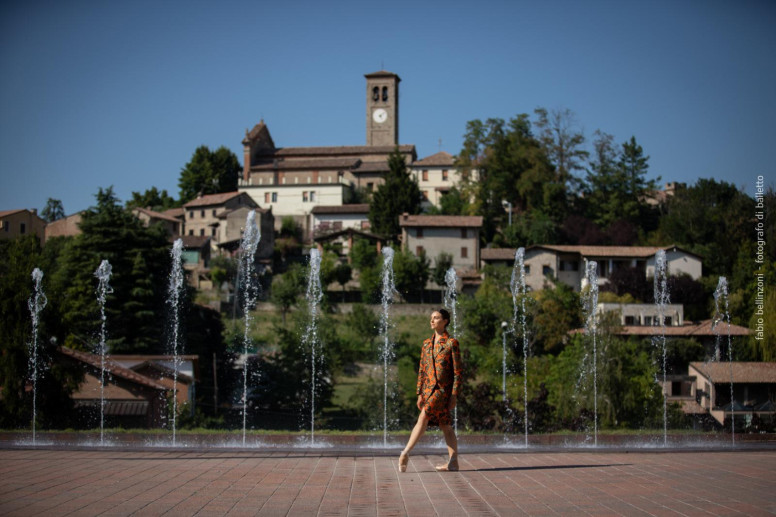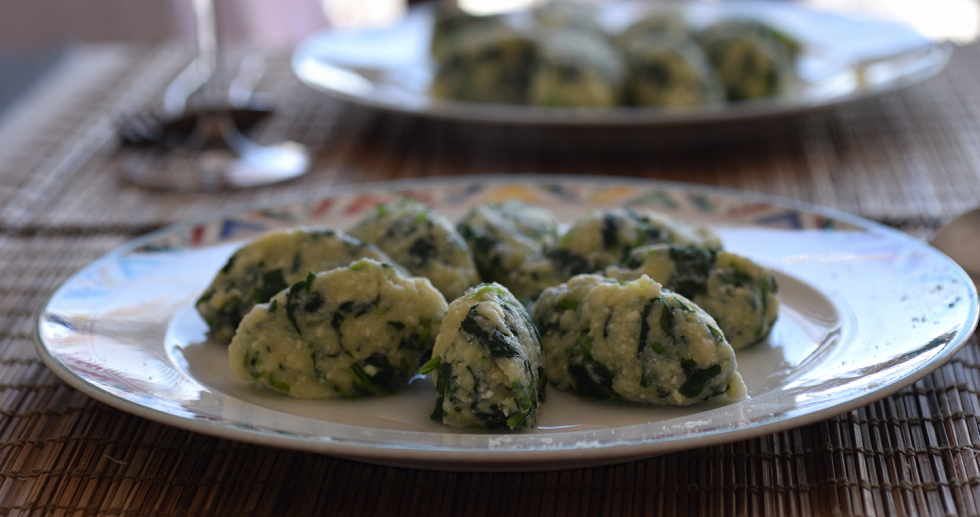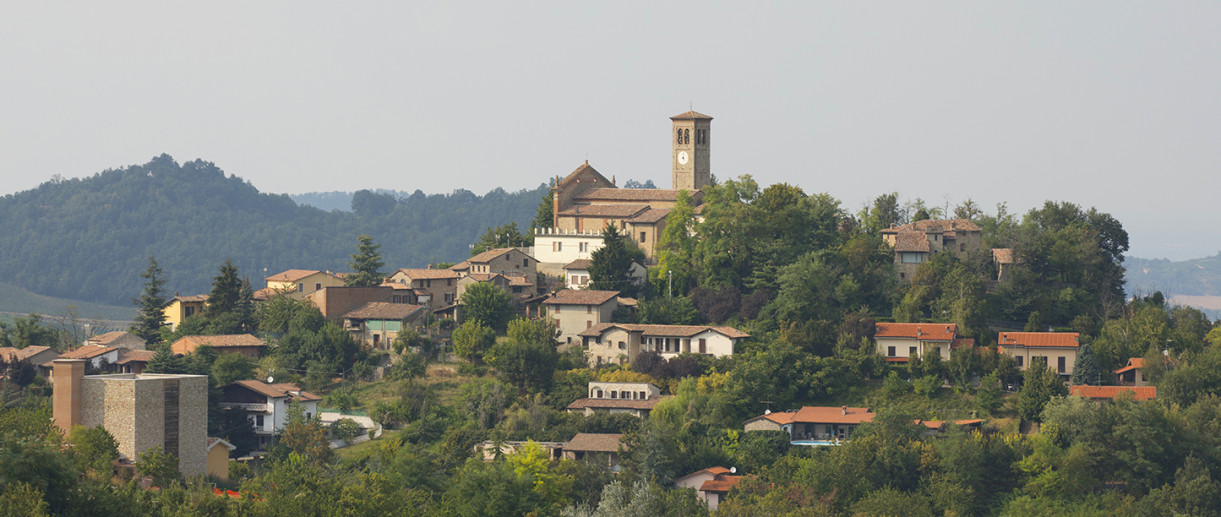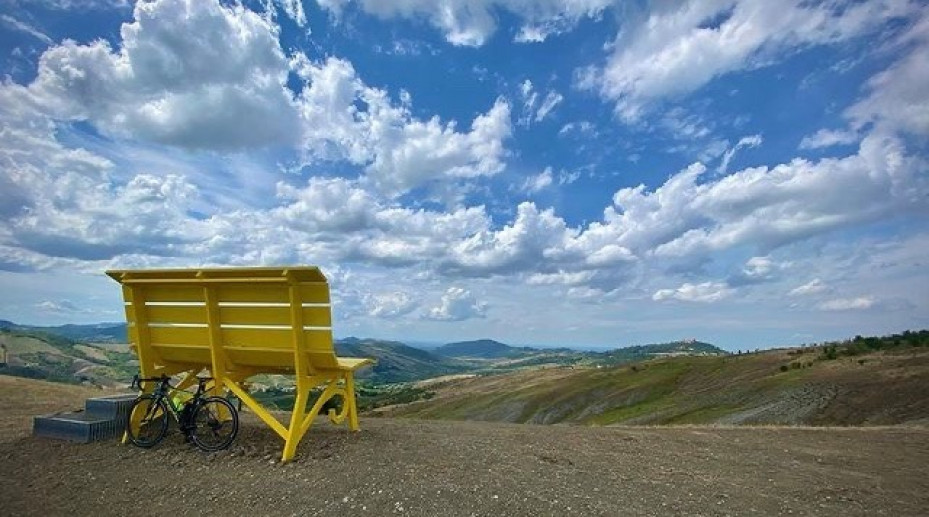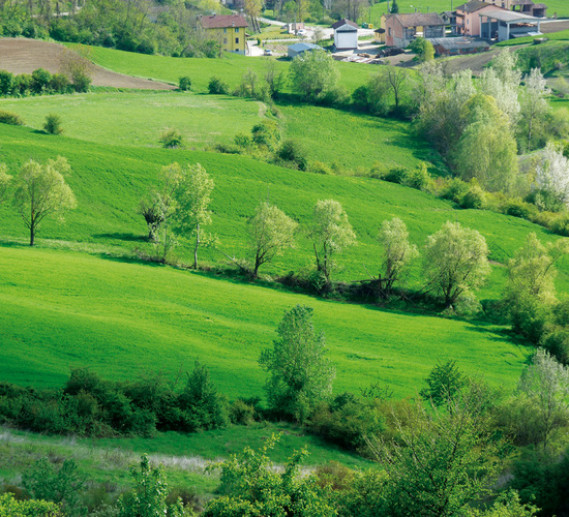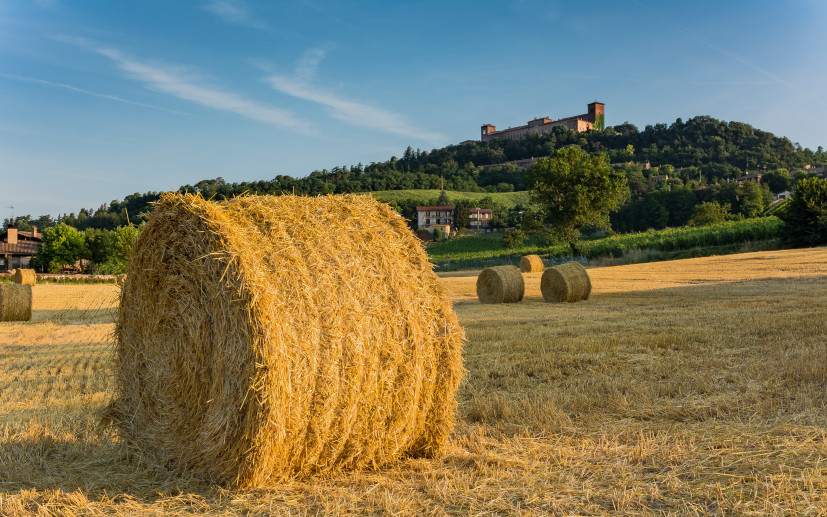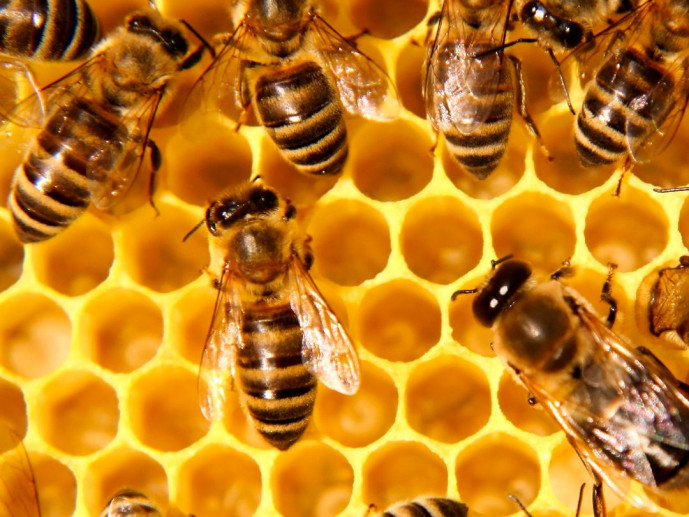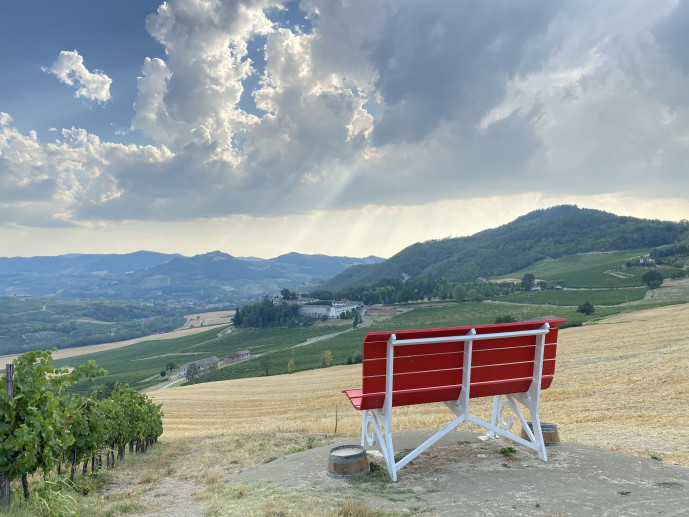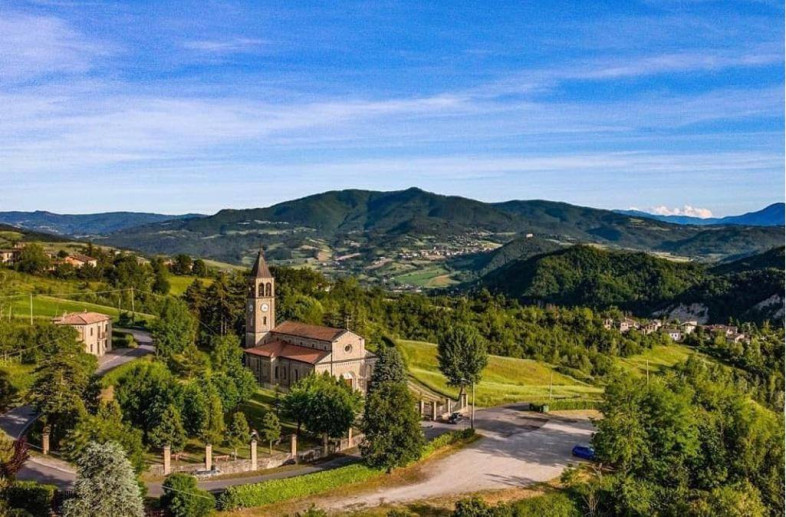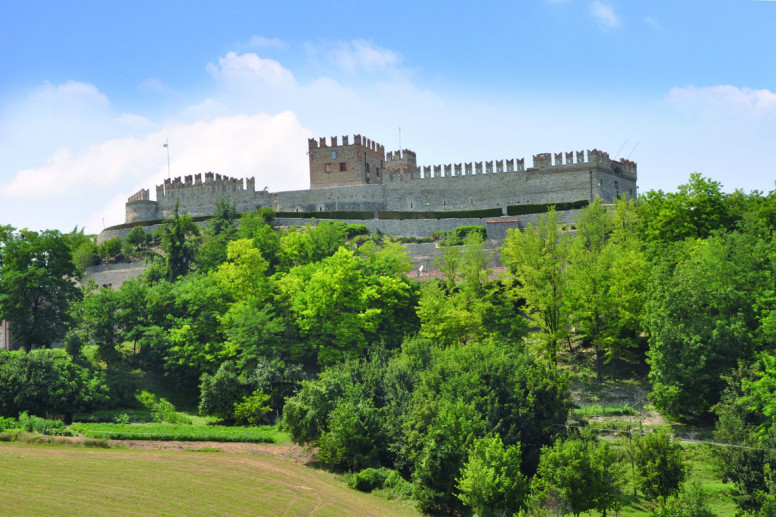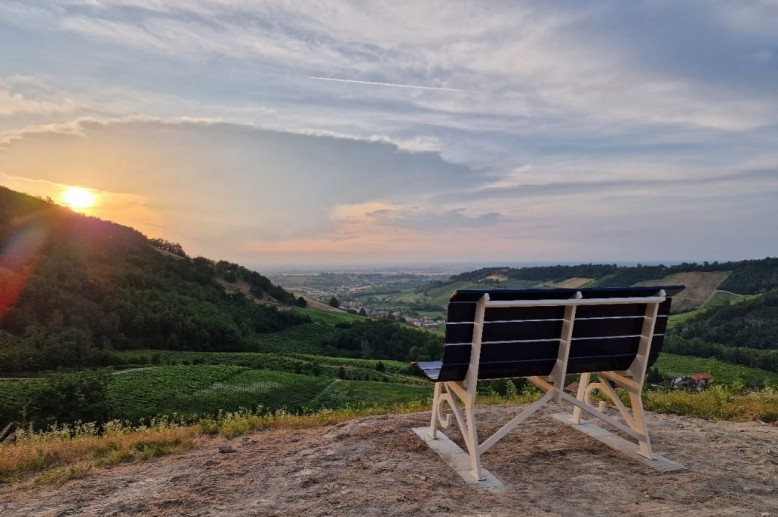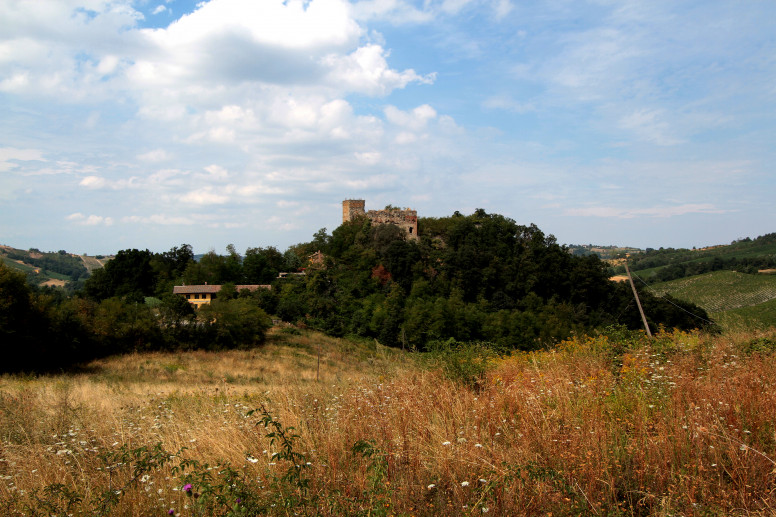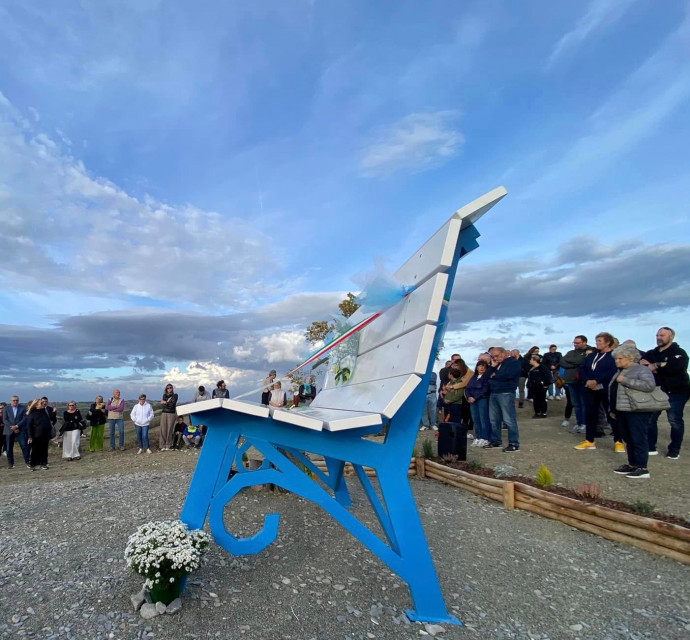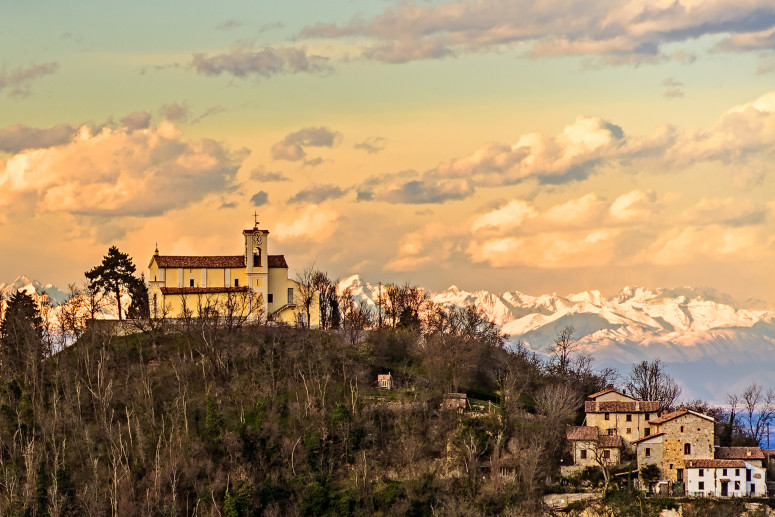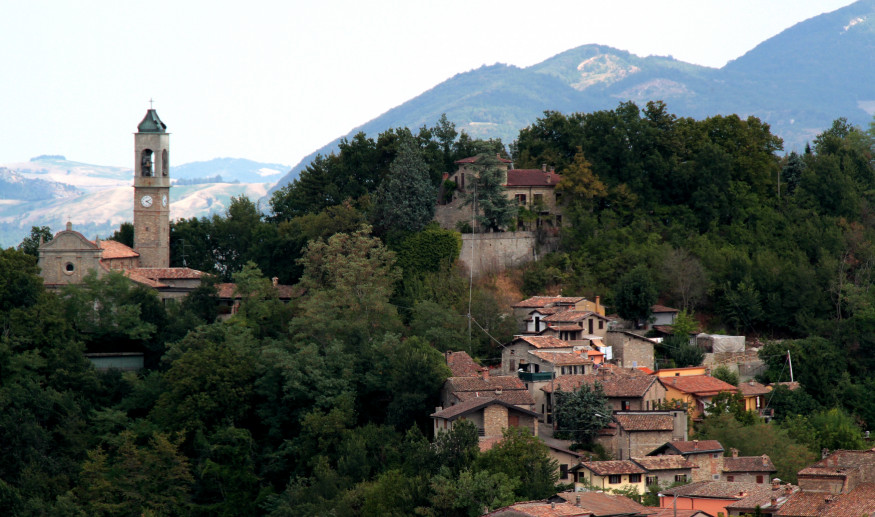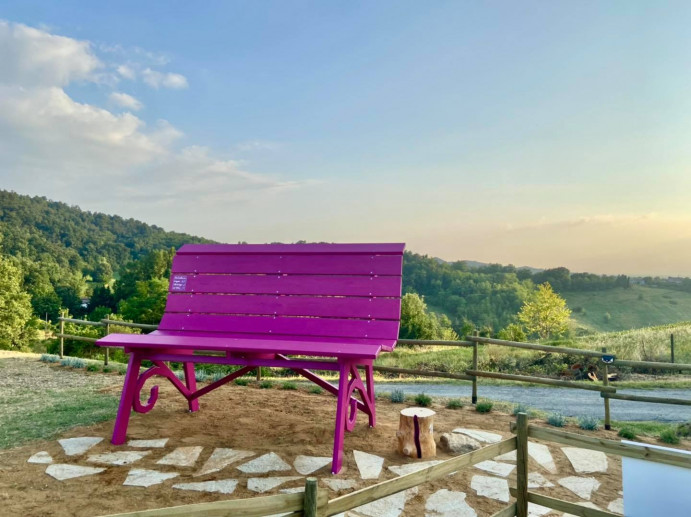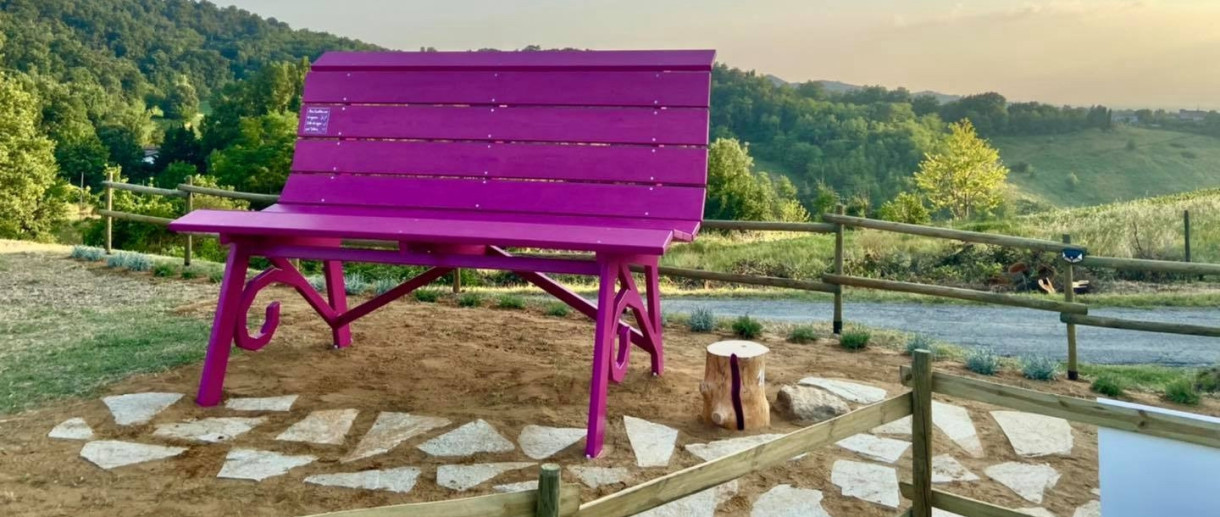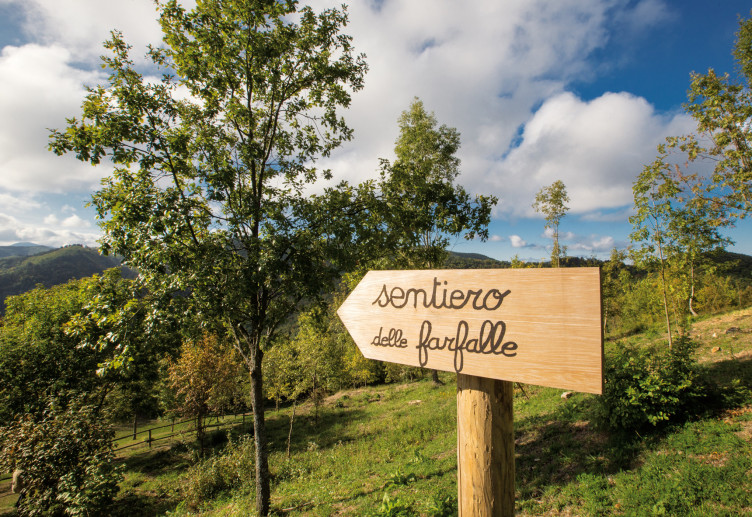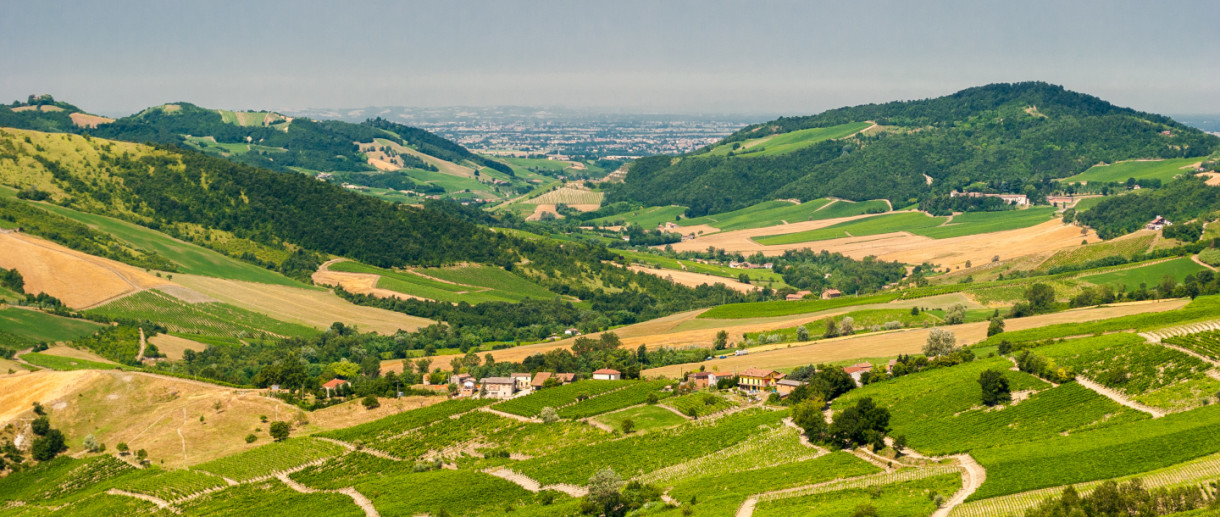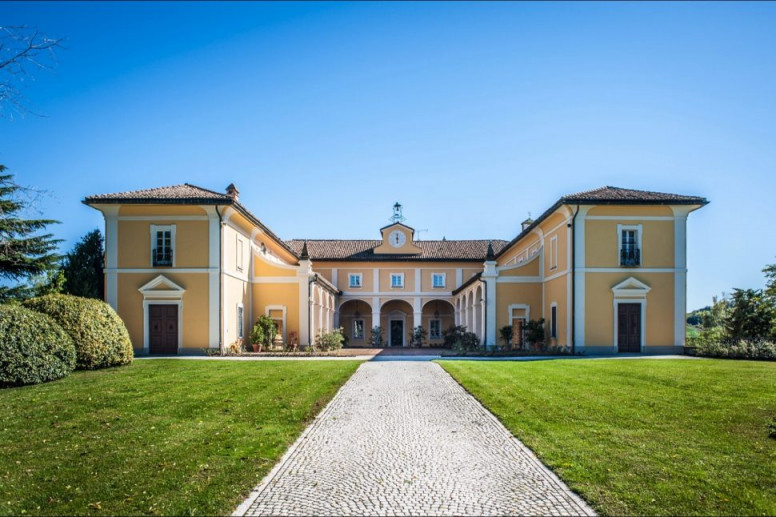- Villages
Borgoratto Mormorolo
Borgoratto Mormorolo, a hilly municipality in the Valle Coppa of Oltrepò Pavese, reflects in its name two ancient and distinct settlement realities: the village, located in the current area of the municipality, and Mormorola, a name that from the 13th century refers to the pieve, the successor of the much older agricultural estate of Memoriola in Bobbio.
The ancient pieve, corresponding to the current parish church of Saints Cornelius and Cyprian, stands isolated above the village, along the road that leads to the hamlet of Inveriaghi and then to Costa Cavalieri and Valverde, in the municipal territory of Fortunago.
Regarding the origin of the toponym, Borgoratto could refer to its steep terrain (ratto = steep) or, more likely, derive from burgulus, which would refer to small settlements or villages.
Currently, the municipality of Borgoratto Mormorolo includes the hamlets of Inveriaghi, Femminico, Zebedo, Braglia, Ca’ Bernocchi, Ca’ Facchini, Gabbione, Boiolo, and Illibardi, inhabited places whose origins date back at least in part to the late antiquity and early medieval periods.
SIGHTS Church of Saints Cornelius and Cyprian
The Parish Church of Borgoratto Mormorolo corresponds to the medieval pieve of Mormorola, on which the agricultural estate of the Lombard monastery of San Colombano in Bobbio was developed. Over the centuries, the building has undergone reconstructions and expansions that have altered its original features, although it still retains some elements that indicate its Romanesque origin. Completely restored in the 20th century, it features a portal rebuilt in Romanesque style and has preserved the capitals that belonged to the 12th-century construction. On the side of the bell tower facing north, there is a small white marble head from a Roman statue. The church has a single nave, and inside, visitors can admire frescoes from 1920 by the painter Rodolfo Gambini of Alessandria. A 17th-century wooden statue is preserved there, and on the southern wall of the modern parish, some small fragments of the ancient Romanesque church can be seen embedded in the wall.
IN THE SURROUNDINGS…
Not far from Borgoratto, on the heights of the Strana Valley, a portion of a region covered with junipers called Costa Pelata, a naturalistic trail rich in butterflies can be explored.
